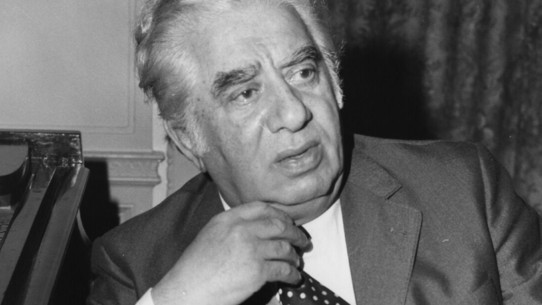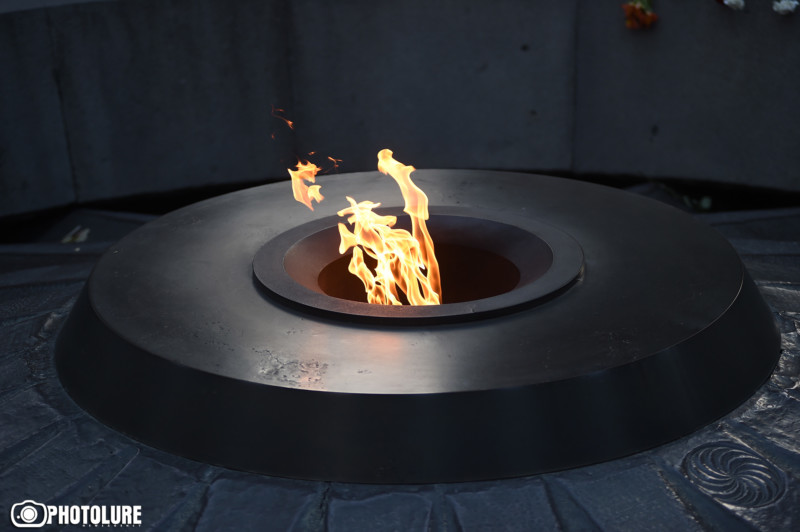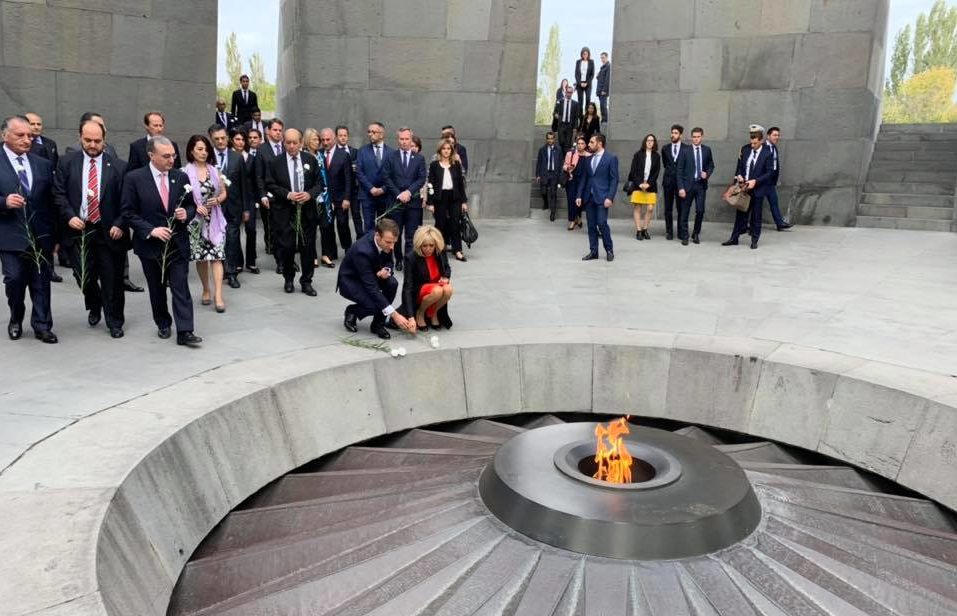
Alisa Gevorgyan
“Radiolur”
Today is 110th birth anniversary of world-famous composer Aram Khachaturian. On this occasion the solemn opening ceremony of the 9th Aram Khachaturian competition will take place at Aram Khachaturian Concert Hall tonight. The concert will feature the State Youth Orchestra of Armenia and famous cellist Gautier Capuçon from France.
This year the competition will seek to identify talented cellists. The contest will be conducted in three stages and will continue through June 13. The gala concert and award ceremony will take place on June 14. The prizes will range from 2 to 15 thousand USD.
People gathered at Komitas Pantheon this morning to pay tribute to the memory of the great composer.
Born in 1903 Aram Khachaturian showed early signs of a love of music, but his formal training did not begin until 1922, when he was admitted to the famous Gnessin Institute in Moscow and continued at the Moscow Conservatory with the eminent composer Myaskovsky.
The first major work of Khachaturian to be performed was his Symphony No. 1 (1934). International acclaim greeted his rumbustious Piano Concerto of 1936, the success of which was quickly duplicated with the Violin Concerto of 1940, and throughout the 1940s Khachaturian composed many successful works, such as the ballet Gayane with its famous Sabre Dance (1942), his Symphony No. 2 (1943) and Cello Concerto (1946).
In 1954 he composed the ballet Spartacus, the Suite from which is probably his best-known work, not least because of its stunning adagio movement, popularised as the theme for the 1970s British television series The Onedin Line.
Although remembered primarily as a composer who was most successful in dealing with pictorial subjects such as ballets, films and incidental music to plays, Khachaturian was quite active in his later years as a conductor, especially of his own works.
Khachaturian died in Moscow on May 1, 1978, just short of his 75th birthday. He was buried in the Komitas Pantheon in Yerevan, along with other distinguished Armenians who made Armenian art accessible for the world.








